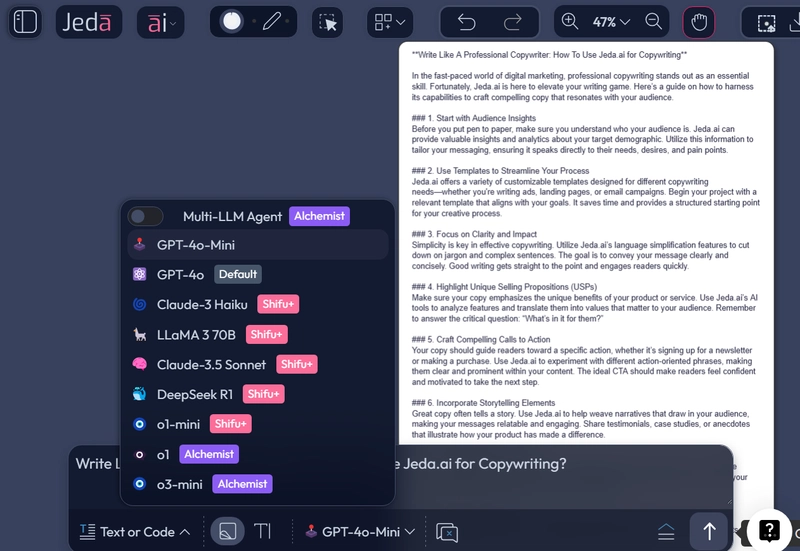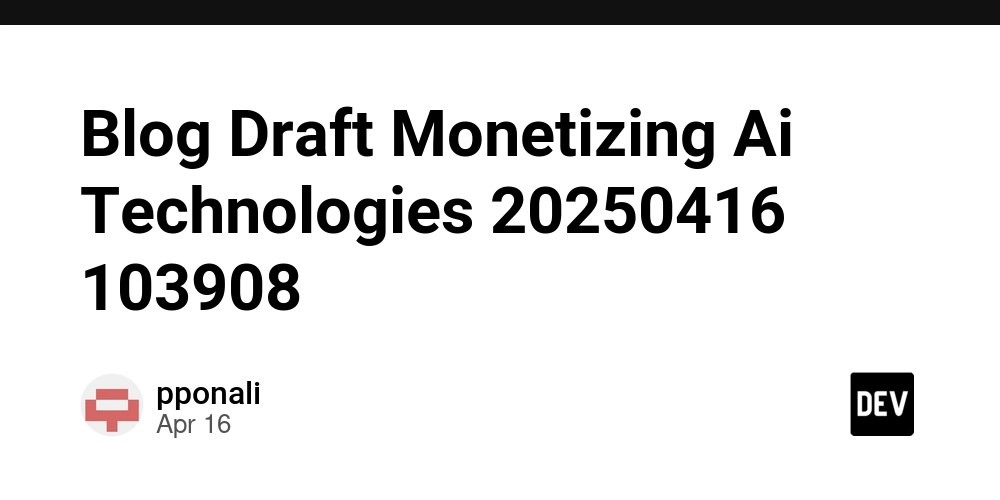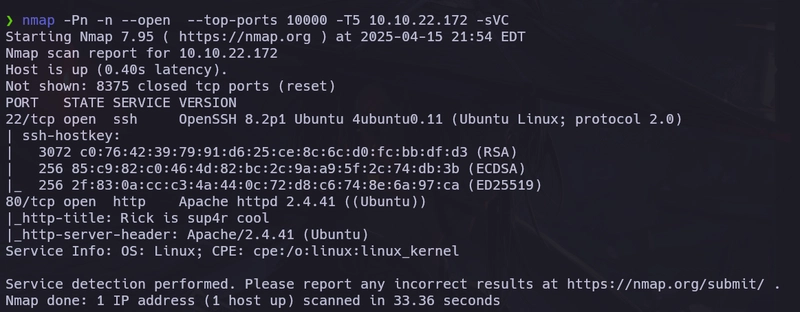Powering Cloud Apps with DynamoDB Integrations
Let's explore how Amazon DynamoDB integrates with Lambda, API Gateway, IAM, AppSync, and more to build secure, serverless, and real-time applications. What is DynamoDB? (Quick Recap) Amazon DynamoDB is a fully managed NoSQL database service by AWS. It’s super fast, scalable, and handles both key-value and document data models. Think of it like MongoDB but made for the cloud, with insane speed and auto-scaling built-in. Now let’s dive into how DynamoDB integrates with other AWS services and tools. These integrations make it powerful for real-time apps, serverless systems, monitoring, and automation. 1. DynamoDB + AWS Lambda (Serverless Magic) Use Case: Automatically react to changes in your DynamoDB table (insert, update, delete). How it works: Enable DynamoDB Streams → Connect to Lambda → Trigger a function when data changes. Example: A new order is inserted → Lambda sends a confirmation email or updates analytics. 2. DynamoDB Streams Streams are like a mini-event log. They capture table changes with before/after images. Use Cases: Auditing Cross-region replication Real-time triggers for Lambda or Kinesis 3. DynamoDB + API Gateway (Serverless REST API) Build full REST APIs without managing servers. How it works: API Gateway can integrate directly with DynamoDB using VTL templates in the backend. Example: Create a mobile or web backend with full CRUD (Create, Read, Update, Delete) using just API Gateway and DynamoDB. 4. DynamoDB + IAM (Security) IAM policies let you tightly control who can access or update your DynamoDB tables. Best Practices: Fine-grained access control to allow users access only to their records Least privilege policy setup for services like Lambda 5. DynamoDB + AWS AppSync (GraphQL APIs) AppSync is AWS’s managed GraphQL service — and it connects directly to DynamoDB. Use Case: Real-time apps like chats, live dashboards, or feeds that auto-sync across devices. 6. DynamoDB + CloudWatch (Monitoring) DynamoDB sends metrics to CloudWatch by default. Metrics Tracked: Read/Write throughput Latency Throttled requests You can set up alarms to get notified when performance drops or capacity limits are hit. 7. DynamoDB + Kinesis Data Firehose / Streams For large-scale data ingestion or analytics: Use Case: Stream DynamoDB changes into Kinesis → Push to S3, Redshift, or Elasticsearch for real-time processing or storage. 8. DynamoDB + Step Functions (Workflows) Orchestrate workflows using Step Functions and include DynamoDB read/write steps. Example Workflow: Fetch a user → Validate with Lambda → Update table → Send confirmation email. 9. DynamoDB + Terraform / CloudFormation (IaC) Define and manage your entire DynamoDB setup using Infrastructure as Code. With Terraform, you can: Provision tables with ttl, stream, and tags Create IAM roles + Lambda triggers Automate backups, logging, and scaling 10. DynamoDB + Cognito (User Authentication & Access Control) Use Amazon Cognito for user authentication, then give each user scoped access to their data only. Perfect for: Multi-user apps with personalized dashboards or data isolation (like user profiles, carts, saved items). TL;DR – Top DynamoDB Integration Use Cases Integration What It Enables Lambda Event-driven apps API Gateway Serverless REST APIs AppSync Real-time GraphQL APIs Streams Data replication & event triggers CloudWatch Monitoring & alerting Cognito Auth + scoped access Step Functions Workflow orchestration Kinesis Big data pipelines Terraform IaC and automation Final Thoughts If you're building modern, cloud-native apps — especially serverless ones — DynamoDB is like the heart, and all these integrations are the arteries and veins that make everything flow. Whether you're building a secure fintech backend, a real-time chat app, or automating cloud security events — DynamoDB can scale and adapt to the task. Want More? I’ve got real-world projects using these integrations (like AI-powered monitoring and border security). Want a visual diagram or project walkthrough next? Just let me know in the comments or hit me up!

Let's explore how Amazon DynamoDB integrates with Lambda, API Gateway, IAM, AppSync, and more to build secure, serverless, and real-time applications.
What is DynamoDB? (Quick Recap)
Amazon DynamoDB is a fully managed NoSQL database service by AWS. It’s super fast, scalable, and handles both key-value and document data models.
Think of it like MongoDB but made for the cloud, with insane speed and auto-scaling built-in.
Now let’s dive into how DynamoDB integrates with other AWS services and tools. These integrations make it powerful for real-time apps, serverless systems, monitoring, and automation.
1. DynamoDB + AWS Lambda (Serverless Magic)
Use Case: Automatically react to changes in your DynamoDB table (insert, update, delete).
How it works:
Enable DynamoDB Streams → Connect to Lambda → Trigger a function when data changes.
Example:
A new order is inserted → Lambda sends a confirmation email or updates analytics.
2. DynamoDB Streams
Streams are like a mini-event log. They capture table changes with before/after images.
Use Cases:
- Auditing
- Cross-region replication
- Real-time triggers for Lambda or Kinesis
3. DynamoDB + API Gateway (Serverless REST API)
Build full REST APIs without managing servers.
How it works:
API Gateway can integrate directly with DynamoDB using VTL templates in the backend.
Example:
Create a mobile or web backend with full CRUD (Create, Read, Update, Delete) using just API Gateway and DynamoDB.
4. DynamoDB + IAM (Security)
IAM policies let you tightly control who can access or update your DynamoDB tables.
Best Practices:
- Fine-grained access control to allow users access only to their records
- Least privilege policy setup for services like Lambda
5. DynamoDB + AWS AppSync (GraphQL APIs)
AppSync is AWS’s managed GraphQL service — and it connects directly to DynamoDB.
Use Case:
Real-time apps like chats, live dashboards, or feeds that auto-sync across devices.
6. DynamoDB + CloudWatch (Monitoring)
DynamoDB sends metrics to CloudWatch by default.
Metrics Tracked:
- Read/Write throughput
- Latency
- Throttled requests
You can set up alarms to get notified when performance drops or capacity limits are hit.
7. DynamoDB + Kinesis Data Firehose / Streams
For large-scale data ingestion or analytics:
Use Case:
Stream DynamoDB changes into Kinesis → Push to S3, Redshift, or Elasticsearch for real-time processing or storage.
8. DynamoDB + Step Functions (Workflows)
Orchestrate workflows using Step Functions and include DynamoDB read/write steps.
Example Workflow:
Fetch a user → Validate with Lambda → Update table → Send confirmation email.
9. DynamoDB + Terraform / CloudFormation (IaC)
Define and manage your entire DynamoDB setup using Infrastructure as Code.
With Terraform, you can:
- Provision tables with
ttl,stream, andtags - Create IAM roles + Lambda triggers
- Automate backups, logging, and scaling
10. DynamoDB + Cognito (User Authentication & Access Control)
Use Amazon Cognito for user authentication, then give each user scoped access to their data only.
Perfect for:
Multi-user apps with personalized dashboards or data isolation (like user profiles, carts, saved items).
TL;DR – Top DynamoDB Integration Use Cases
| Integration | What It Enables |
|---|---|
| Lambda | Event-driven apps |
| API Gateway | Serverless REST APIs |
| AppSync | Real-time GraphQL APIs |
| Streams | Data replication & event triggers |
| CloudWatch | Monitoring & alerting |
| Cognito | Auth + scoped access |
| Step Functions | Workflow orchestration |
| Kinesis | Big data pipelines |
| Terraform | IaC and automation |
Final Thoughts
If you're building modern, cloud-native apps — especially serverless ones — DynamoDB is like the heart, and all these integrations are the arteries and veins that make everything flow.
Whether you're building a secure fintech backend, a real-time chat app, or automating cloud security events — DynamoDB can scale and adapt to the task.
Want More?
I’ve got real-world projects using these integrations (like AI-powered monitoring and border security). Want a visual diagram or project walkthrough next? Just let me know in the comments or hit me up!






































































